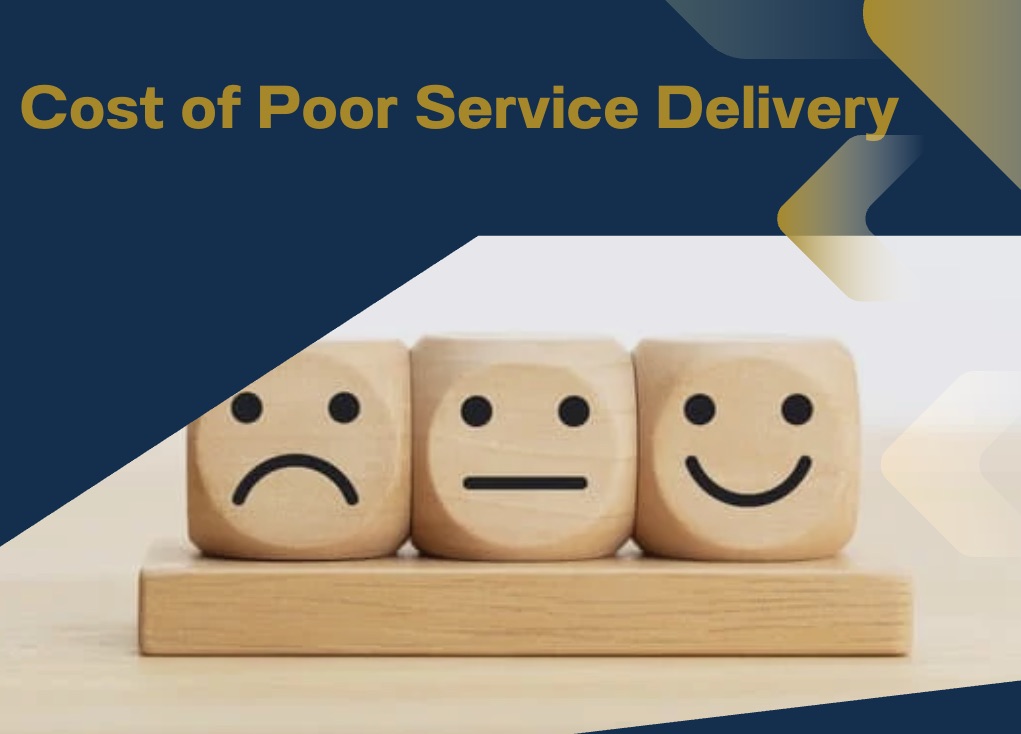Every Managed Service Provider knows that excellent service delivery forms the backbone of client satisfaction and retention. Yet beneath the surface of day-to-day operations lurks a danger that silently drains resources, erodes client trust, and stunts growth potential: inefficient service delivery processes.
When service delivery falters, the consequences extend far beyond immediate client complaints. The true cost manifests in wasted technician hours, missed opportunities, increased client churn, and a gradual deterioration of your MSP’s market position.
The True Financial Impact of Service Delivery Inefficiencies
Technician Productivity Losses
Technicians represent one of your most valuable resources, with their time directly translating to revenue potential. When service delivery processes lack structure and automation, these highly skilled professionals spend countless hours on administrative tasks rather than billable work. Each minute wasted on searching for information, manually updating tickets, or struggling with disconnected systems represents lost revenue that accumulates substantially over time.
Escalating Operational Costs
Poor service delivery processes typically trigger a cascade of additional expenses. When initial resolutions fail, issues require multiple touches from different team members. This redundancy multiplies the labor cost of addressing what might have been a straightforward problem. Additional support staff, overtime hours, and emergency interventions become necessary stopgaps for systemic inefficiencies.
Client Impact and Revenue Implications
Trust Erosion and Churn Risk
When service delivery fails to meet expectations, client trust begins to erode. This deterioration might start subtly—clients become more hesitant to rely on your recommendations or begin questioning invoices more frequently. Eventually, this eroded trust manifests as client churn, taking with it current revenue and the lifetime value those relationships represented.
Referral and Reputation Damage
Word travels quickly among business networks. Clients experiencing poor service delivery rarely keep their frustrations private. Negative experiences spread through professional communities, damaging your MSP’s reputation and poisoning potential referral sources. This reputational damage is an invisible barrier to new business acquisition, raising customer acquisition costs and limiting growth potential.
Read Also: Why Service Delivery Alignment is the Key to Scaling Your MSP
Identifying Process Vulnerabilities
Service Handoff Breakdowns
Critical information often gets lost during service transitions between team members. These handoff points represent a significant vulnerability in service delivery pipelines. When contextual information disappears between shifts or departments, resolution times extend, client frustration grows, and costs multiply.
Documentation Gaps and Knowledge Management
Knowledge often remains trapped in individual team members’ heads rather than within accessible systems. This approach creates dangerous dependencies on specific personnel and virtually guarantees inconsistent service delivery. When key team members take vacations, call in sick, or leave the company, the resulting knowledge gaps cause immediate service disruptions.
Strategic Solutions to Stop the Bleeding
Process Standardization and Documentation
Standardized workflows ensure consistent client experiences regardless of which team member handles an issue. On the other hand, adequate documentation doesn’t require complex systems—even simple workflow maps, troubleshooting guides, and client-specific notes dramatically improve service delivery consistency while reducing the cost of knowledge transfer between team members.
Technology Integration for Seamless Service
While integration requires an initial investment, the financial return manifests quickly through improved technician utilization, faster resolution times, and enhanced client satisfaction. Rather than viewing such investments as expenses, successful MSPs recognize them as essential infrastructure that directly impacts profitability.
Conclusion
By identifying process vulnerabilities, implementing strategic solutions, and creating a culture of excellence, forward-thinking MSPs can stop the financial bleeding and transform service delivery into a competitive advantage.
Ready to address the inefficiencies in your service delivery processes? The Call to Action LLC Team specializes in helping MSPs overcome operational challenges and maximize profitability. Contact us today to discover how our specialized approach can transform your service delivery from a cost center into a growth engine.



